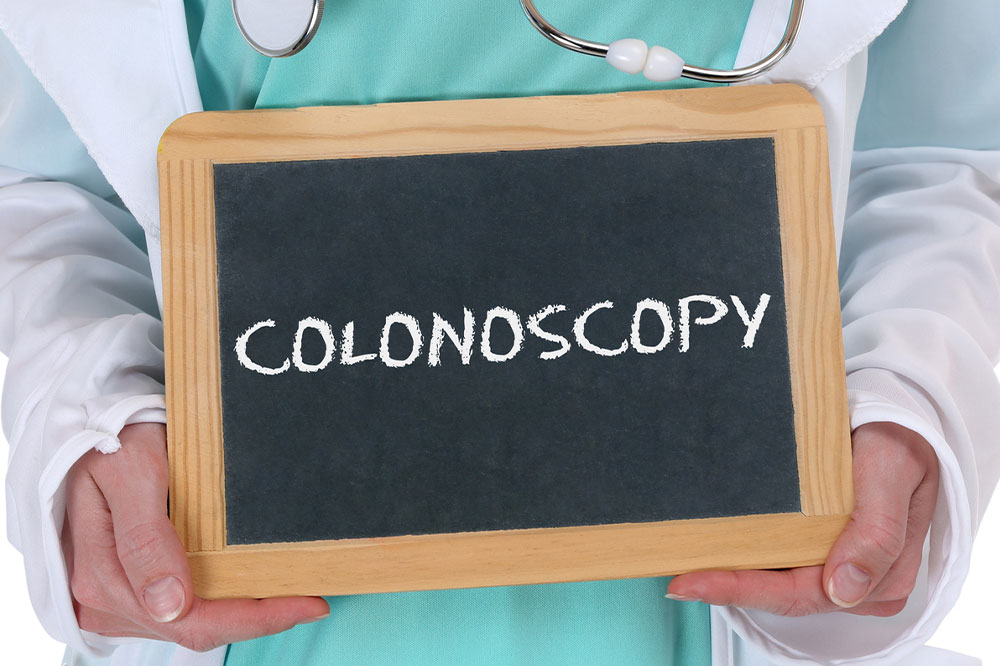
Colonoscopy – Here’s what you need to know
The colon, found in the lower part of the gastrointestinal tract, digests food, absorbs nutrients, and helps expel waste from the rectum. A colonoscopy is mainly done to check for any abnormalities that may develop in the large intestine. It is a non-surgical screening procedure usually performed by gastroenterologists by inserting an inspecting apparatus through the anus and colon. Patients must bear with strict food restrictions, take laxatives, and physically be prepared for the screening.
Understanding the need for colonoscopy
Firstly, this is not a routine procedure and is only suggested once every 5-10 years. People between the ages of 50 and 75 and those who carry the average risk of colon cancer may need a colonoscopy to identify growing polyps or tumors. On occasion, it may also be suggested for identifying problems after the results of tests like barium enema, a colonography, stool DNA tests, and sigmoidoscopy.
Abrupt changes in health are also a reason enough to recommend the screening, especially when one notices:
- Abdominal pain or internal bleeding
- Unexplained weight loss
- Unexplained changes in frequency and consistency of bowel movements
- Chronic constipation problems or diarrhea
Overview of the procedure
A colonoscopy is rarely painful. Doctors prescribe a sedative or painkiller to manage discomforts like bloating, cramping, or pressure during the test. A special tube called a colonoscope is inserted into the large intestine and is used to detect unusual growths or activity in the colon. It is made up of a lens for live viewing, an irrigation port used to clean the intestine walls, a special instrument port, and a light for better visibility. The same instrument can also be used to remove any growths protruding in the large intestine. Statistics indicate that this procedure is instrumental in detecting cancers or tumors at the earliest stage.
Preparing for the procedure
There is extensive bowel prep necessary for a colonoscopy, as the gastroenterologist must ensure the colon is clean for proper examination. Different forms of laxative will help clear the colon and allow the doctor to spot, review, and remove polyps if detected in the screening. Doctors may also suggest an additional enema on the day of the screening.
PEG solution
Patients are usually advised to drink a Polyethylene Glycol (PEG) solution to trigger diarrhea. This clears out the contents of the colon in the least intrusive manner possible. A large volume of the solution is given a day prior to the screening. Patients must continue to drink plenty of water every couple of hours to help flush out toxins from the body as well.
Phosphate Solution
Those who are not comfortable drinking copious amounts of PEG can alternatively ask for a smaller phosphate solution. Two shots (approx. 45 ml each) can be consumed a day before the procedure to induce a similar diarrhea effect.
Phosphate pills
As an alternative to the fluids, patients can also have phosphate pills that can be taken to prepare for the screening.
In any case, patients continue to stay hydrated to replenish the loss of fluids triggered by the laxative use. Understand that patients must also discuss specific changes and restrictions in foods prior to the procedure. Any allergies, prescriptions, or previous episodes of bleeding must also be discussed to ensure all precautions are taken prior to the screening.
Risk factors to consider
Risk is an involved factor when it comes to medical procedures. The screening is inconvenient due to the extensive prep before the test. However, post a colonoscopy, patients may experience the following discomforts.
- Nausea, vomiting, or irritation due to the bowel prep
- Bleeding after a biopsy or polyp removal
- Inflammation or infection of colon pouches
- Reaction to pain sedatives
- Rare chances of perforation in the wall of the intestine
If any discomforts, like bloating or pain, persist beyond a couple of days, it is advisable to consult a doctor. Further treatment may be necessary to ensure no complications arise post the procedure. Doctors will also suggest the necessary lifestyle changes to manage the symptoms.
How much does it cost?
The cost will vary depending on whether the procedure is performed inpatient at the hospital or through an outpatient surgical center. On average, the screening test can cost anywhere between $1250 to $4800. This is a rough estimate based on the median national cost of approx. $2500 in most locations. Ideally, Medicare and third-party insurance should cover the cost. However, this will vary based on the type of coverage and additional policies.




